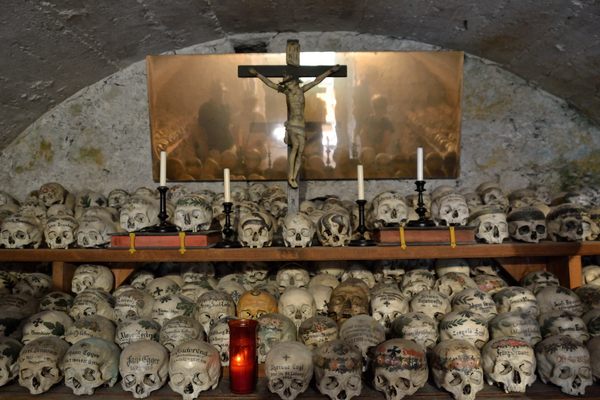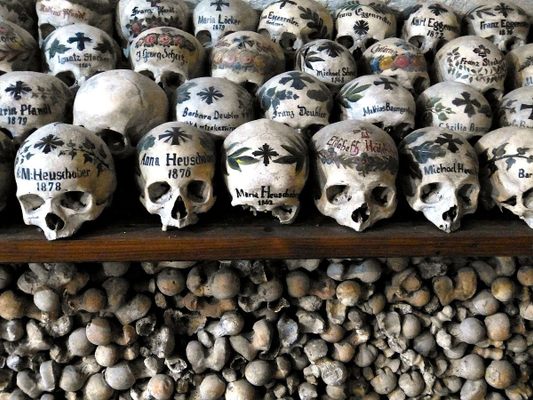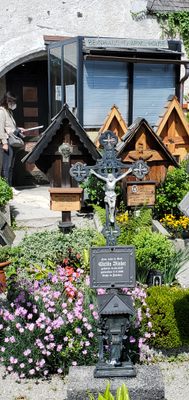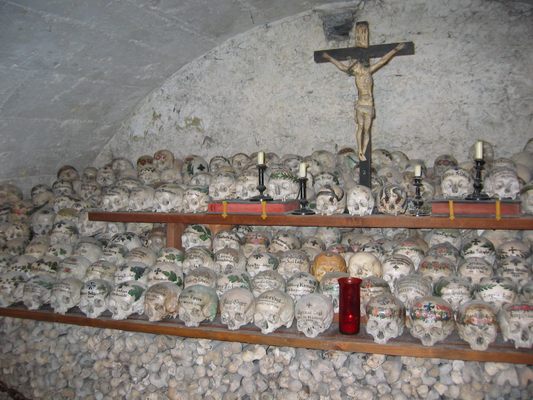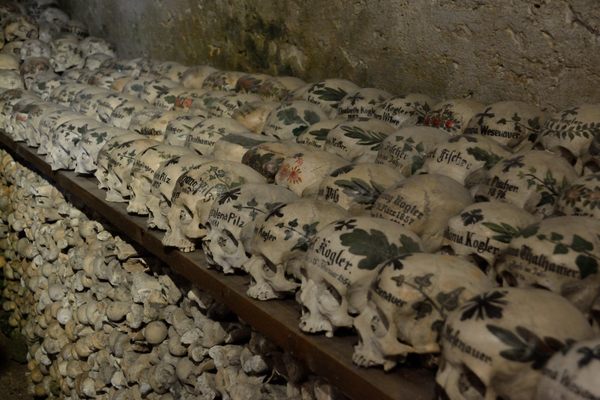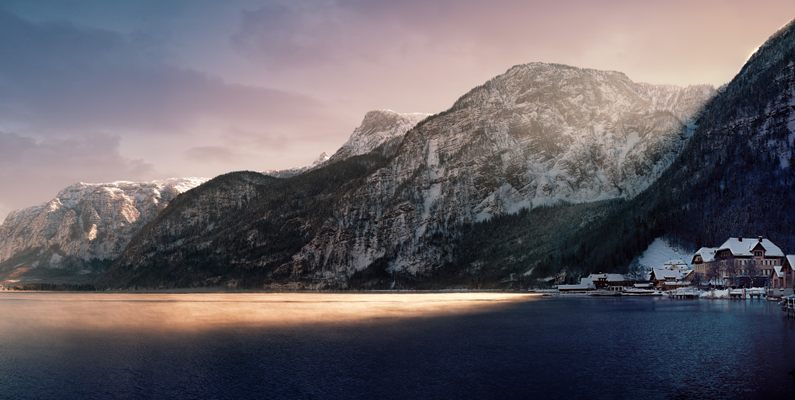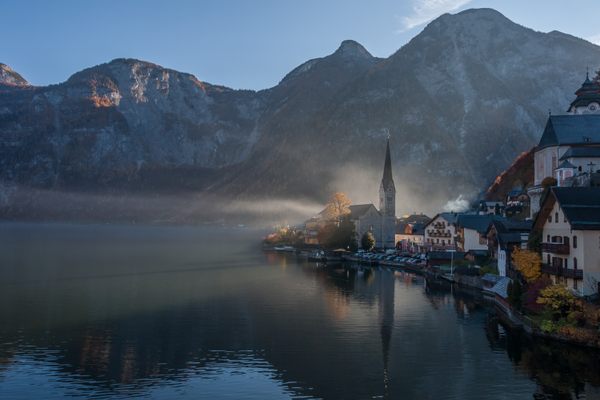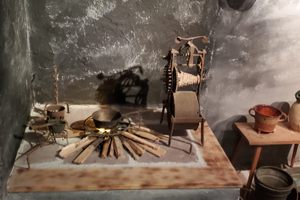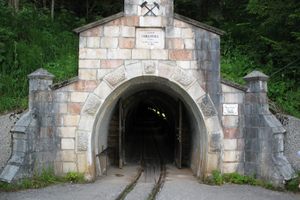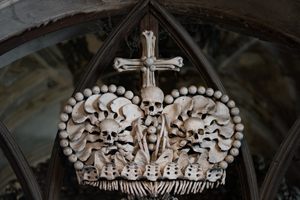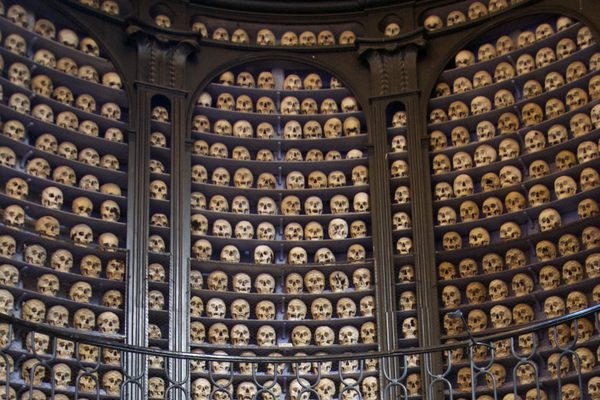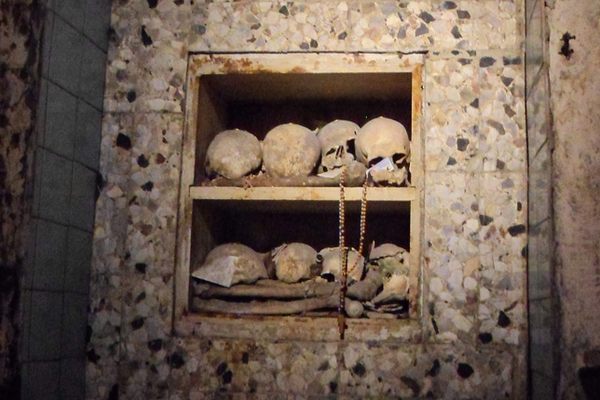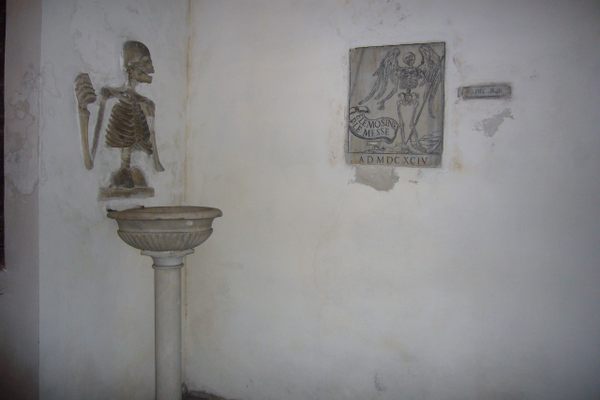About
The town of Hallstatt looks like the kind of Austrian town that the Sound of Music might have been set in. On a beautiful forested mountain, next to a perfectly blue lake, filled with charming 19th-century houses, the town is a perfect vision of cheer. Except of course, for the room filled with skulls.
Behind the Hallstatt Catholic Church, near the 12th-century St. Micheal's Chapel, in a small and lovingly cared for cemetery is the Hallstatt Beinhaus, also known as the Charnel House. A small building, it is tightly stacked with over 1,200 skulls. Because Hallstatt finds itself in such a lovely location, it also finds itself in very short supply of burial grounds.
In the 1700s, the church began digging up corpses to make way for the newly dead. The bodies, which had been buried for only 10 to 15 years, were then stacked inside the charnel house. Lest this all sound overly callous to the memory of the dead, there is actually a charm to the whole affair that Hallstatt can't seem to escape even with a room full of skulls.
Once the skeletons were exhumed and properly bleached in the sun, the family members would stack the bones next to their nearest kin. In 1720, a tradition began of painting the skulls with symbolic decorations, as well as dates of birth and death so that the dead would be remembered, even if they no longer had a grave. Of the 1,200 skulls, some 610 of them were lovingly decorated with an assortment of symbols — laurels for valor, roses for love, and so on. The ones from the 1700s are painted with thick dark garlands, while the newer ones, from the 1800s on, bear brighter floral styles.
Though this practice has been dying out since the 1960s, there is a much more recent skull in the Beinhaus. Beside the cross with a gold tooth is the skull of a woman who died in 1983. Her last request was to be put in the Beinhaus. Her skull was entered into the ossuary in 1995, the very last bone to be placed there.
Related Tags
Know Before You Go
No photos allowed inside.
Community Contributors
Published
September 18, 2009
Sources
- http://www.hallstatt.net/publisher/articleview/action/view/frmArticleID/17/?lang=en-iso-8859-15
- http://books.google.com/books?id=2V1QiUDSCREC&pg=PA130&lpg=PA130&dq=Hallstatt+charnel+house+steves&source=bl&ots=yw6Uz_fL4j&sig=a_bcgBzgX4-_Xrkt0XUJ4FT8LVI&hl=en&ei=1gu0Sr2YNYSD8Qa38LWpDQ&sa=X&oi=book_result&ct=result&resnum=1#v=onepage&q=&f=false
- p.126-129 http://www.thamesandhudson.com/The_Empire_of_Death/9780500251782

